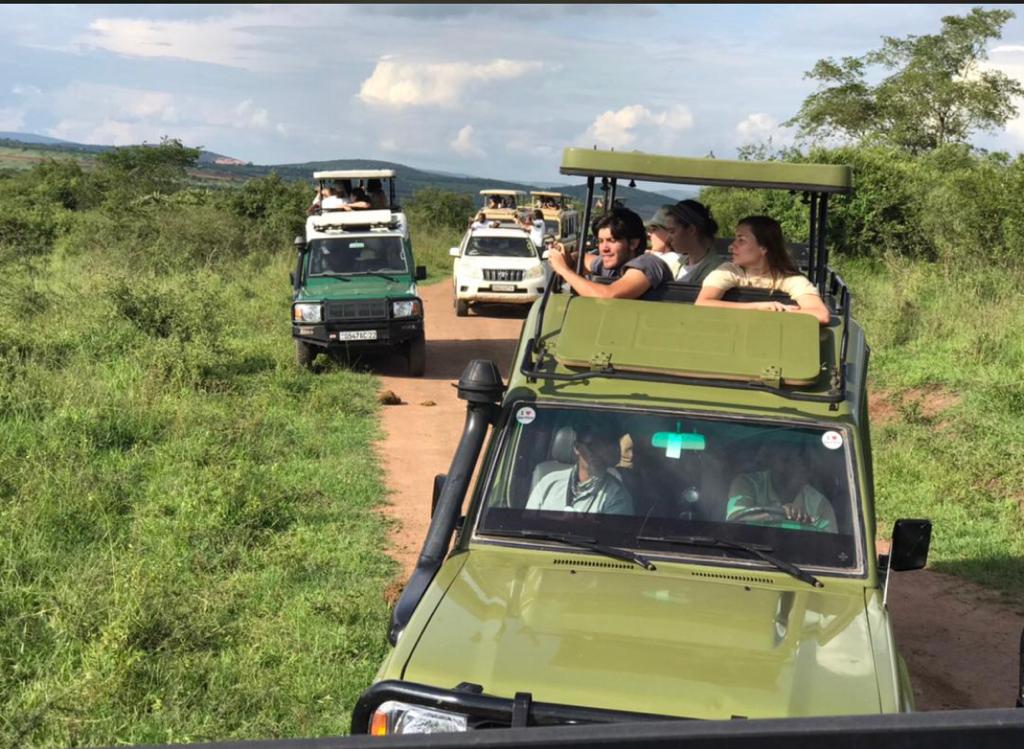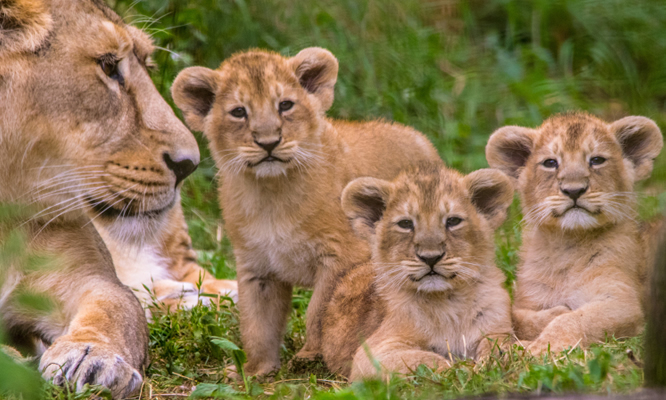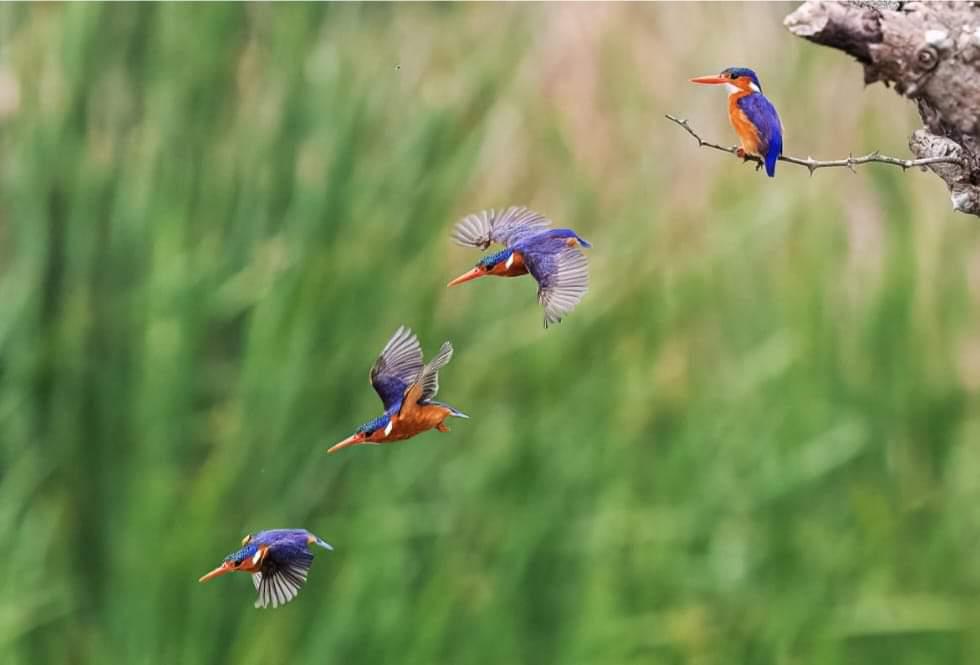Nature Walks & Birding Tours in Rwanda
Home of the largest block of montane forest in East Africa, the Nyungwe National Park boasts more than 200 different types of trees and 140 species of orchids (including eight that are endemic). The park contains numerous medicinal plants that have served as remedies for centuries, such as East African satinwood and California Bayberry.
Described by Birdlife International as “the most important site for biodiversity conservation in Rwanda,” the Nyungwe National Park is home to roughly 310 bird species, 27 of which are endemic to the Albertine Rift. Although actually spotting birds in the park’s forests may be challenging, the bird songs you’ll hear during the trek will surely make it more enjoyable. If you would like to learn about birds you might see and hear. The guides so knowledgeable about birdlife in Nyungwe they can identify birds by ear, such as the rwenzori turaco and grey-chested kakamega.
Nyungwe’s steep landscape makes it as an ideal destination for hikers – whether they’re novices or experienced – as the park boasts an extensive network of hiking trails. The trails are blessed with an amazingly diverse landscape and represent the most scenic way of exploring the forest. The ones listed below are a must for travelers seeking a challenging, yet enjoyable experience
The Wildlife Conservation Society (WCS) has collaborated throughout the years with local communities and leaders to find ways of conserving the beauty of Nyungwe through tourism development, awareness campaigns and policy development. In large part because of the hard work of many parties, Nyungwe was designated Rwanda’s third national park. The WCS and its partners have since created a network of moderate hiking trails, a canopy walkway and the region’s first interpretation center. The Rwandan government has also expressed its commitment to preservation by developing a park management plan with WCS that regulaties zoning for conservation, tourism and sustainable harvesting.
Due to its wide variety of habitats, Akagera National Park is an important ornithological site with nearly 500 bird species. The rare and elusive shoebill shares the papyrus with other rarities such as the exquisite papyrus gonolek and countless other water birds that inhabit the wetlands in large numbers. From the vast concentrations of waterfowl to the myriad of savanna species, there is never a dull moment, with more than 500 species recorded in Akagera. Serious birders can seek out several endemic species as well as rare gems such as the near threatened papyrus gonolek (Laniarius mufumbiri), which is restricted to papyrus swamps, the localised red-faced barbet (Lybius bidentatus) and the sought after swamp flycatcher (Muscicapa boehmi).
> We offer good value travel Plans for Tourists Visiting Rwanda.
> Get unique experiences not found anywhere else.
> Itinerary tours and trips customized to meet your needs.







